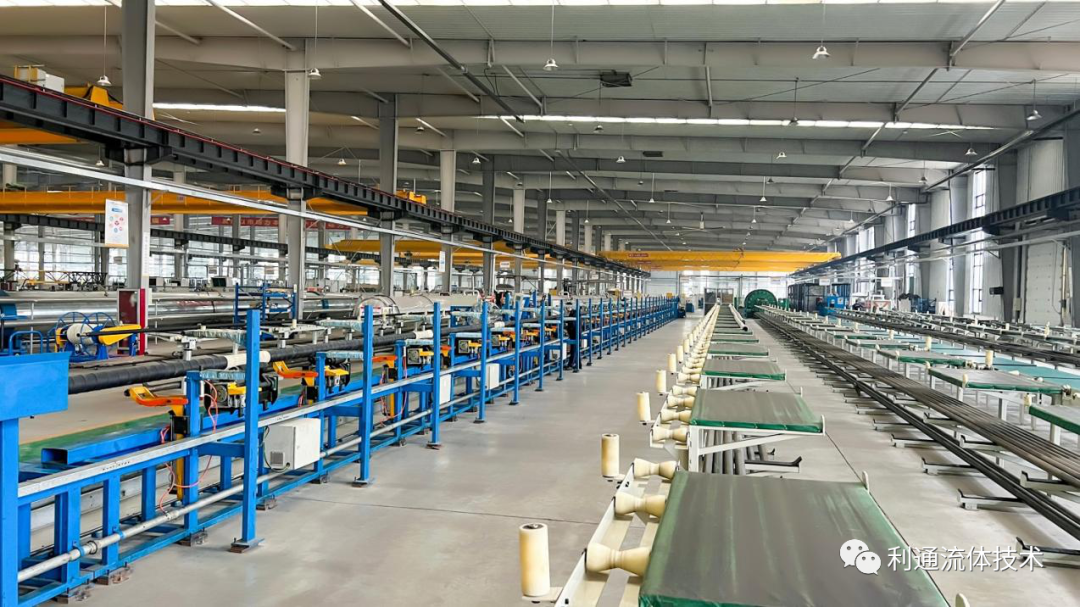Oil Drilling Hose
2023-03-01 09:12:31
Oil drilling hose is an important tool widely used in the oil industry. This hose is usually braided from high-strength synthetic rubber, polyester wire and steel wire, which can withstand high pressure, high temperature and chemical corrosion in harsh environments
The role of the oil drilling hose is to transport oil or natural gas from the wellhead to the ground. It usually consists of several parts, including inner pipe, reinforcement layer, outer sheath, etc. The inner pipe is usually braided with polyol wire or polyamide wire, which can withstand high temperature and pressure. Reinforcements are usually braided with steel wires to add strength and stability to the hose. The outer sheath, usually braided from rubber or polyester wire, protects the hose from chemical attack and mechanical damage.

Oil drilling hoses are generally divided into two types, production hoses and drilling hoses. The production hose is mainly used to transport oil or natural gas from the bottom of the well to the surface, while the common drilling hose is used to transport the drill bit and drill pipe from the wellhead to the bottom of the well, and the mud or cement is transported from the well through the hollow pipe of the hose. The ground is transported to the bottom of the well.
The service life of oil drilling hose depends on its quality and usage conditions. When in use, it is necessary to regularly check the degree of wear, cracks and other damage of the hose to ensure the safety and reliability of the hose. At the same time, users also need to pay attention to the storage and maintenance of the hose to prolong the service life of the hose.
In a word, oil drilling hose is an indispensable tool in the oil industry. Its high strength, high temperature resistance, chemical corrosion resistance and other advantages make it an indispensable transportation tool in the petroleum industry. Therefore, it is necessary to pay attention to its quality and conditions of use when using it to ensure its safe and reliable function.